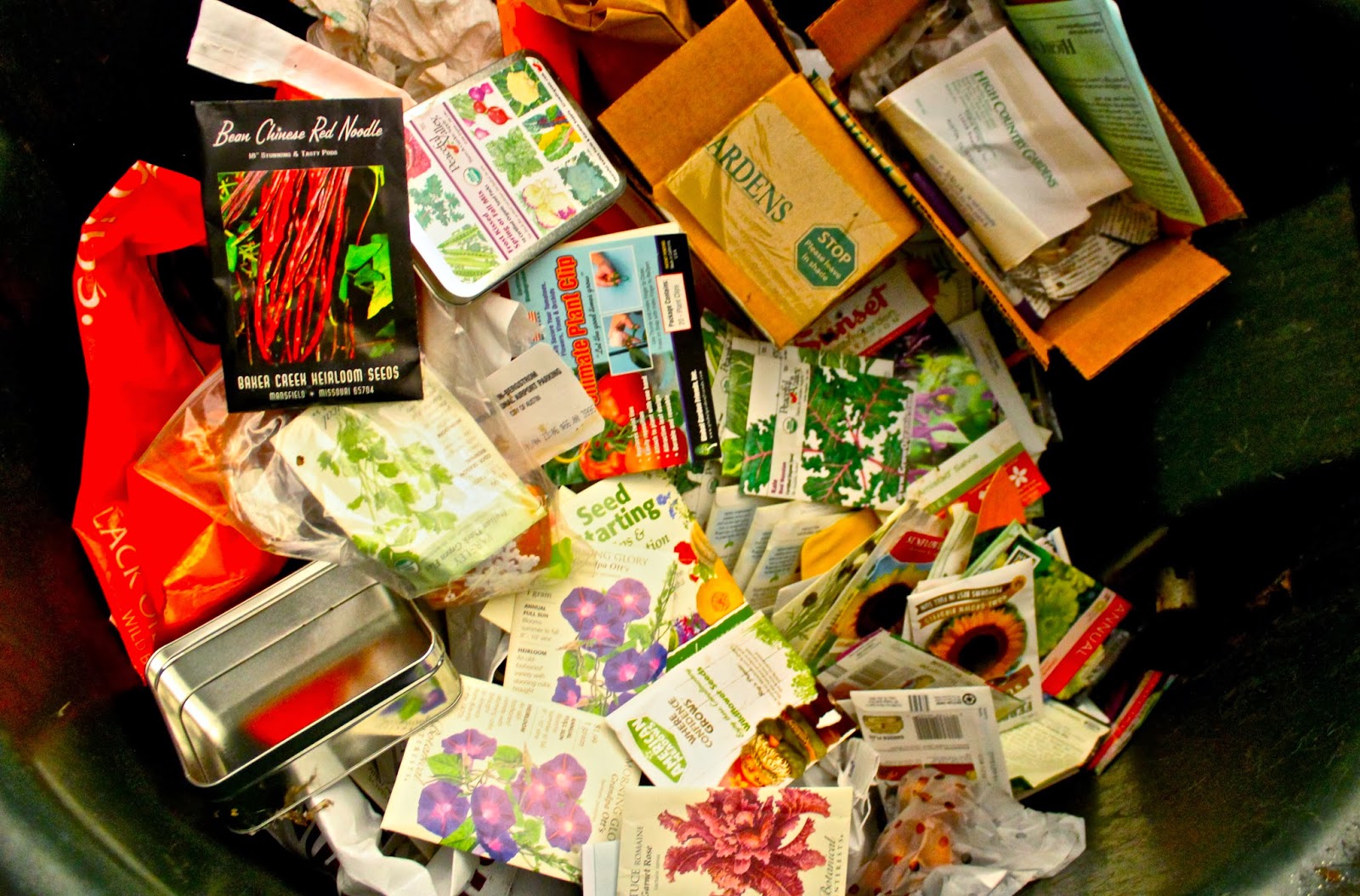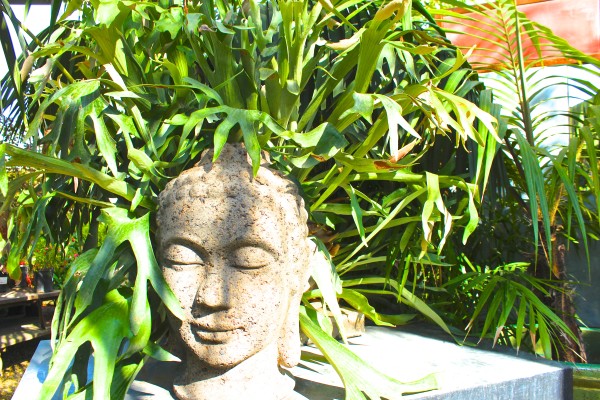Making room for spring…
It’s that time of year — the afternoon high temperature was up to 80 here yesterday. Thursday it’s supposed to be a high of 39. But at least we aren’t expecting a foot of snow like our friends up north.
But those warm, sunny afternoons make me restless. Especially when the extreme cedar pollen levels make it impossible to be outside. So, on my weekend list? Clean out some of the garden paraphernalia in the garage — including the old seed packets. I know that some were at least two years old, maybe older.
Why not, you might think, keep them and try them out? Maybe they’re still good and will germinate. And then again, maybe not. I’m just not willing to take that chance and have to start again or plant twice as many seeds to ensure some seedlings actually come up.
There they are – down in the garbage can – a plethora of vegetable and flower seeds. But don’t worry — they are going to be replaced, and soon. Saturday night I spent a nice, cozy evening trolling through veggie seeds and placed my order to get started in the greenhouse.
And that’s what spring is all about, isn’t it? A fresh start in the garden?
What will you be starting fresh with in your garden?























